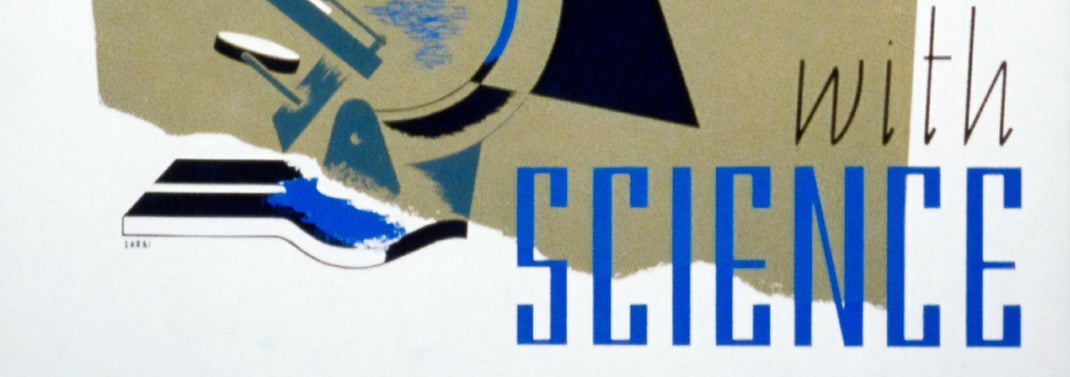Congratulations, your abstract has been accepted and you may present your research on a poster at a conference! A wonderful opportunity to share your findings with a (large) audience. But how do you make such a poster? What things should you pay attention to?
Tip 1: Read the instructions
Before you start making your poster, it is recommended to carefully check out the instructions on the conference website. There you can find whether you need to make a digital poster, or bring a physical poster to the conference. The conference website will usually also provide information about the required size of the poster, whether it should be in portrait or landscape and if there are demands about a certain font and minimum required font size.
Tip 2: Choose your materials
Nowadays, conferences ask you for a digital (e)poster increasingly more often. In those cases you only need to bring your USB-drive to the conference, or you would have to upload it through the conference website in advance. In other cases you may need to bring a physical poster. These are usually A0-sized. You can have your poster printed on thick paper at a copyshop and transport it in a poster tube. This can be inconvenient sometimes, especially when you have to carry your poster along with all your other luggage to an international conference. Therefore, you can also choose to print your poster onto fabric. That way you can fold it and bring it along in your suitcase, but the colors and quality of details may be lower on fabric, compared to a paper poster.

Tip 3: Limit your text
Use as little text as possible on your poster. Large chunks of text are generally not very appealing. Rather use bullet points and short, concise sentences to get your message across. A general rule is: the less text, the more of it is read and the better a spectator remembers your message. Here is a tip: if a conference demands a minimum font size (for example minimal font Calibri size 12), start making your poster with a slightly larger font size (for example Calibri 16). That way you limit yourself in the amount of text you can use, but you also give yourself some room to move to a slightly smaller font size, in case your text does not fit perfectly.
Tip 4: Check the demands of your organization
Sometimes your institution already has a standard layout for posters that you are expected to use. This ensures uniformity of posters at a congress and visitors quickly recognize which university, organization or hospital someone works at. Check this with your colleagues before you start. And of course you always put the logo(s) of the institution(s) you work for on the poster, so everyone can see where you are from.
Tip 5: Business ≠ boring
A scientific poster is serious business, but that does not mean that it needs to be boring! It helps to consider your poster not as a representation of your entire research project, but to view it as an invitation to congress visitors to engage in a conversation about your research. So make your poster visually appealing. Use colors, figures, tables and fun (yet suitable, of course) images to capture the attention of passing conference visitors. You can use specific graphic design programs for this, such as Canva, but there are also plenty of creative options available in PowerPoint!

Tip 6: Use QR-codes
Is your research already published, then you could put a QR-code on your poster that leads to your article (only if it is published open access, also see our blog about finding a suitable scientific journal). That way, someone who has gotten interested through your poster, can easily find and read your paper. If your research happens to have its own website, or if there is other digital content available such as a (YouTube)video, then you could also use a QR-code to refer to this.
Anecdotal evidence
A tip for the more experienced poster presenter: do not be afraid to get a little creative with your poster! Jojanneke once made a conference poster of her research about cannabis use in psychosis. She had designed it as a infograpic with facts and myths about cannabis and psychosis. She received several requests for an A4-handout of her poster from clinicians who visited the conference, so that they could use it in their daily practice. The conference poster itself she donated (per request) to one of the mental health treatment teams of Lentis Psychiatric Institute, where it now hangs in the waiting room as a way to inform clients about this topic.

Reactie plaatsen
Reacties